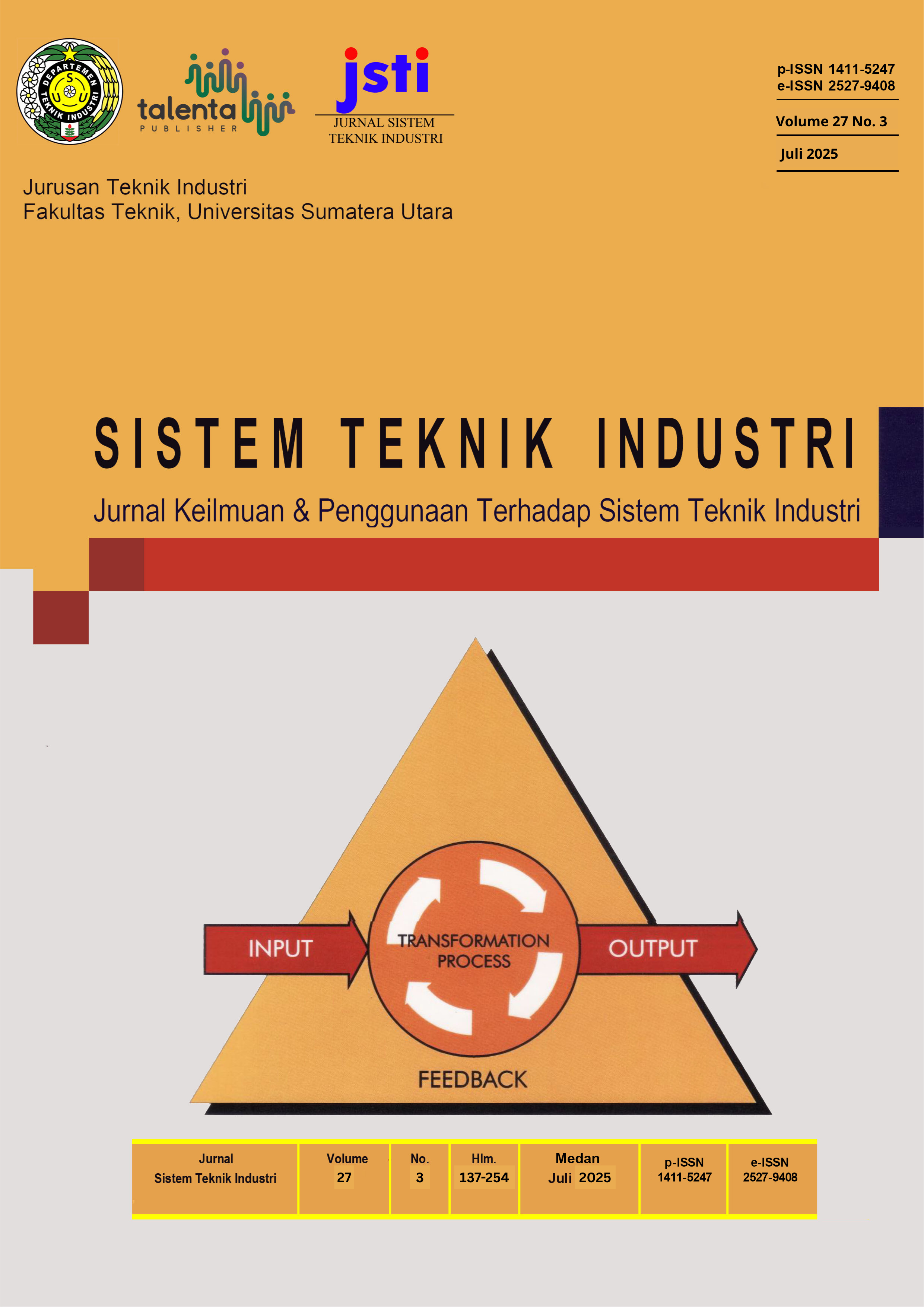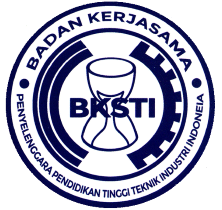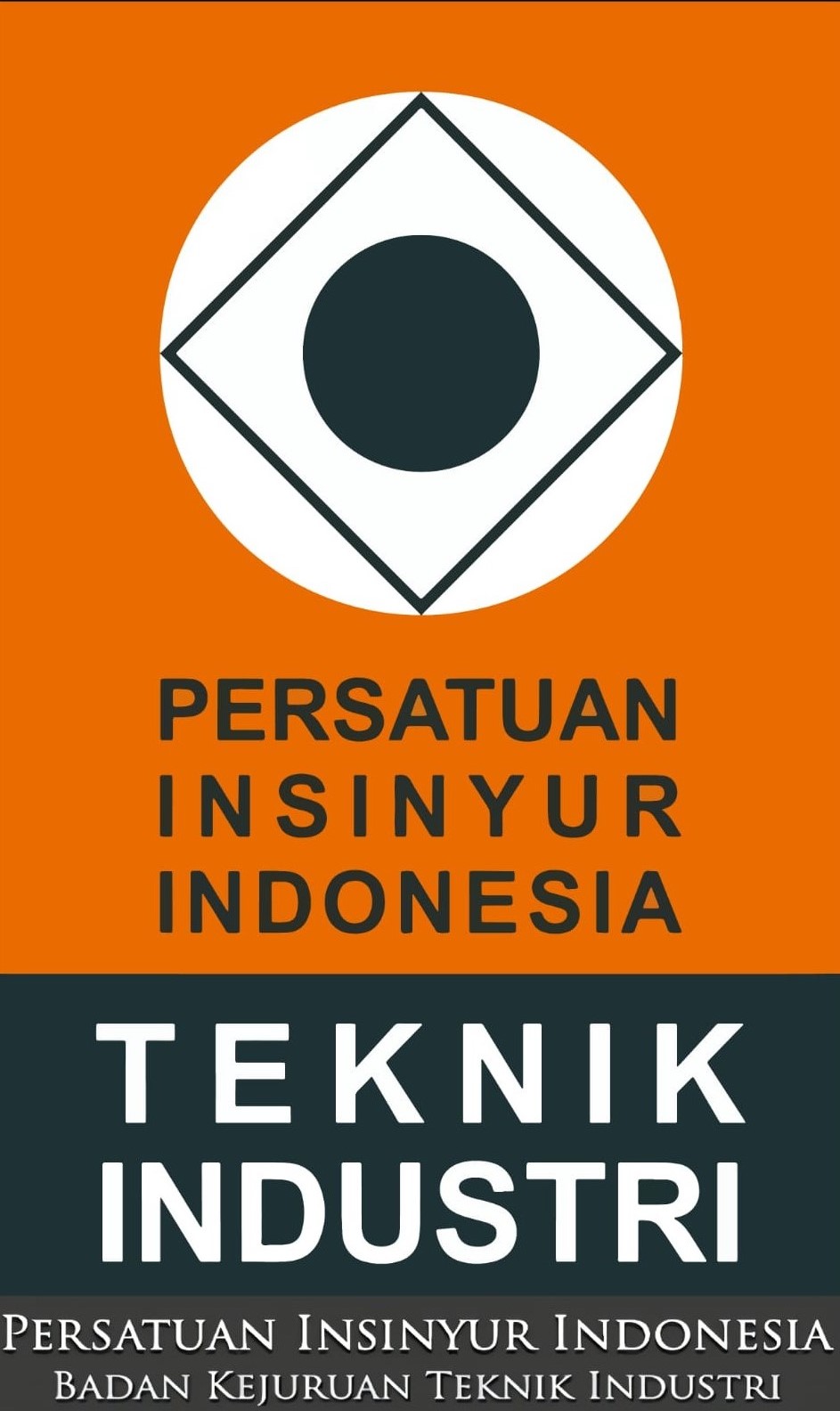Additive Manufacturing in Prosthetics Field: A Literature Review
DOI:
https://doi.org/10.32734/jsti.v27i3.20416Keywords:
Additive Manufacturing, Customization, Material Selection, Prosthetics, 3D PrintingAbstract
Prosthetic devices play a critical role in restoring mobility and enhancing the quality of life for individuals who have experienced limb loss due to trauma, disease, or congenital conditions. However, the high cost, discomfort, and limited accessibility of conventional prosthetics present ongoing challenges. In response, Additive Manufacturing (AM), particularly 3D printing, has emerged as a transformative solution in the field of prosthetics. This technology enables the creation of patient-specific prosthetic components with complex geometries, improved fit, and reduced weight, all while lowering production costs and minimizing the need for post-processing. Through a comprehensive review of recent studies, this paper explores the advancements and applications of AM in prosthetics, including the integration of machine learning, finite element method (FEM) simulations, and new materials such as PLA, ABS, ASA, and carbon fiber-reinforced composites. Research findings indicate that AM facilitates the development of durable, lightweight, and anatomically accurate devices, such as transfemoral sockets and prosthetic thumbs, which pass international fatigue and safety standards. The studies also highlight the advantages of AM in pediatric prosthetic design, where rapid anatomical changes necessitate frequent adjustments. By streamlining the production process and enabling customization, AM significantly improves comfort, usability, and accessibility for users. This review concludes that additive manufacturing holds immense potential to revolutionize prosthetic development by offering cost-effective, sustainable, and user-centered solutions. The continued advancement and integration of digital manufacturing technologies are poised to address existing limitations in prosthetic care and support the growing global demand for innovative, inclusive, and high-quality assistive devices.
Downloads
References
D. Kathrotiya, A. Yusuf, R. K. Bhagchandani, and S. Gupta, “A Study for the development of prosthetic foot by additive manufacturing,” Journal of the Brazilian Society of Mechanical Sciences and Engineering, vol. 45, no. 3, Mar. 2023, doi: 10.1007/s40430-023-04107-y.
Y. Wang, Q. Tan, F. Pu, D. Boone, and M. Zhang, “A Review of the Application of Additive Manufacturing in Prosthetic and Orthotic Clinics from a Biomechanical Perspective,” Engineering, vol. 6, no. 11, pp. 1258–1266, 2020, doi: https://doi.org/10.1016/j.eng.2020.07.019.
K. Alluhydan, M. I. H. Siddiqui, and H. Elkanani, “Functionality and Comfort Design of Lower-Limb Prosthetics: A Review,” Journal of Disability Research, vol. 2, no. 3, Sep. 2023, doi: 10.57197/jdr-2023-0031.
J. K. Rajah, W. Chernicoff, C. J. Hutchison, P. Gonçalves, and B. Kopainsky, “Enabling Mobility: A Simulation Model of the Health Care System for Major Lower-Limb Amputees to Assess the Impact of Digital Prosthetics Services,” Systems, vol. 11, no. 1, Jan. 2023, doi: 10.3390/systems11010022.
J. J. Kim, J. Kim, J. Lee, and J. Shin, “Influence of Lifestyle Pattern on Preference for Prosthetic Hands: Understanding The Development Pathway for 3D-printed Prostheses,” J Clean Prod, vol. 379, no. 1, p. 134599, 2022, doi: https://doi.org/10.1016/j.jclepro.2022.134599.
M. F. Baumann, D. Frank, L. C. Kulla, and T. Stieglitz, “Obstacles to prosthetic care—legal and ethical aspects of access to upper and lower limb prosthetics in germany and the improvement of prosthetic care from a social perspective,” Societies, vol. 10, no. 1, Mar. 2020, doi: 10.3390/soc10010010.
J. Y. Park, H. Y. Kim, J. H. Kim, J. H. Kim, and W. C. Kim, “Comparison of prosthetic models produced by traditional and additive manufacturing methods,” Journal of Advanced Prosthodontics, vol. 7, no. 4, pp. 294–302, 2015, doi: 10.4047/jap.2015.7.4.294.
S. Bhatt, J. Deepak, R. Pawan Kumar, and A. K. and Godiyal, “Advances in Additive Aanufacturing Processes and Their Use for The Fabrication of Lower Limb Prosthetic Devices,” Expert Rev Med Devices, vol. 20, no. 1, pp. 17–27, 2023, doi: 10.1080/17434440.2023.2169130.
A. N. Amsan, A. K. Nasution, and M. H. Ramlee, “A Short Review on the Cost, Design, Materials and Challenges of the Prosthetics Leg Development and Usage,” 2019.
J. Schweiger, D. Edelhoff, and J. F. Güth, “3d printing in digital prosthetic dentistry: An overview of recent developments in additive manufacturing,” May 01, 2021, MDPI. doi: 10.3390/jcm10092010.
B. Tyagi et al., “Fabrication of transfemoral prosthesis utilizing additive manufacturing and reverse engineering: a scoping review,” International Journal on Interactive Design and Manufacturing (IJIDeM), vol. 18, no. 6, pp. 3613–3631, 2024, doi: 10.1007/s12008-024-01974-0.
E. Rezvani Ghomi, F. Khosravi, R. E. Neisiany, S. Singh, and S. Ramakrishna, “Future of additive manufacturing in healthcare,” Curr Opin Biomed Eng, vol. 17, p. 100255, 2021, doi: https://doi.org/10.1016/j.cobme.2020.100255.
P. Onu et al., “Additive Manufacturing (AM) and 3D Bioprinting for Biomedical Application: Understanding the Drivers, Barriers and Technology Trends,” Procedia Comput Sci, vol. 253, pp. 1276–1282, 2025, doi: https://doi.org/10.1016/j.procs.2025.01.189.
M. R. Aryal and S. Pun, “Additive Manufacturing of Prosthetic Hands: A Brief Overview,” International Journal on Interactive Design and Manufacturing (IJIDeM), vol. 16, no. 3, pp. 1099–1112, 2022, doi: 10.1007/s12008-022-00857-6.
D. Milone, D. D’Andrea, and D. Santonocito, “Smart Design of Hip Replacement Prostheses Using Additive Manufacturing and Machine Learning Techniques,” Prosthesis, vol. 6, no. 1, pp. 24–40, Feb. 2024, doi: 10.3390/prosthesis6010002.
J. Olsen, S. Day, S. Dupan, K. Nazarpour, and M. Dyson, “3D-Printing and Upper-Limb Prosthetic Sockets: Promises and Pitfalls,” IEEE Transactions on Neural Systems and Rehabilitation Engineering, vol. 29, pp. 527–535, 2021, doi: 10.1109/TNSRE.2021.3057984.
P. R. Young, J. S. Hebert, P. D. Marasco, J. P. Carey, and J. S. Schofield, “Advances in the measurement of prosthetic socket interface mechanics: a review of technology, techniques, and a 20-year update,” 2023, Taylor and Francis Ltd. doi: 10.1080/17434440.2023.2244418.
B. Ondrejová et al., “Prosthetic Thumb Design and Development by Additive Manufacturing,” Acta Mechanica Slovaca, vol. 27, no. 3, pp. 6–11, Sep. 2023, doi: 10.21496/ams.2023.028.
Downloads
Published
How to Cite
Issue
Section
License
Copyright (c) 2025 TALENTA Publisher Universitas Sumatera Utara

This work is licensed under a Creative Commons Attribution-ShareAlike 4.0 International License.
The Authors submitting a manuscript do so on the understanding that if accepted for publication, the copyright of the article shall be assigned to TALENTA Publisher Universitas Sumatera Utara as the publisher of the journal.
Copyright encompasses the rights to reproduce and deliver the article in all forms and media. The reproduction of any part of this journal, its storage in databases, and its transmission by any form or medium will be allowed.



















